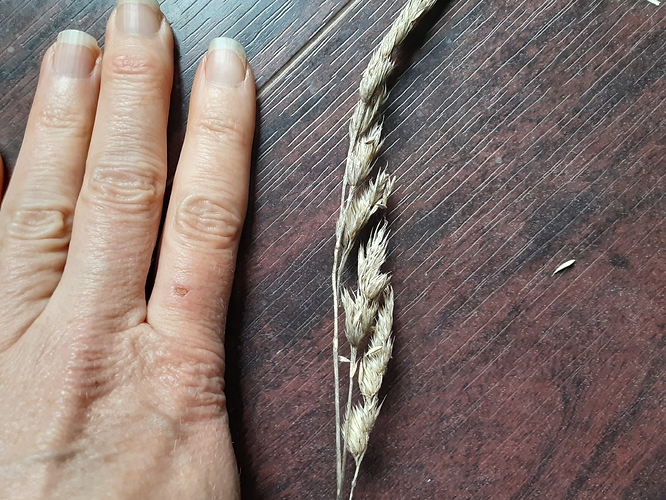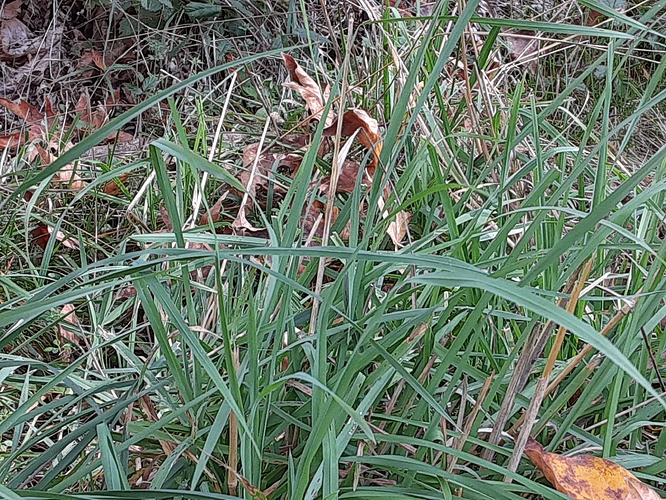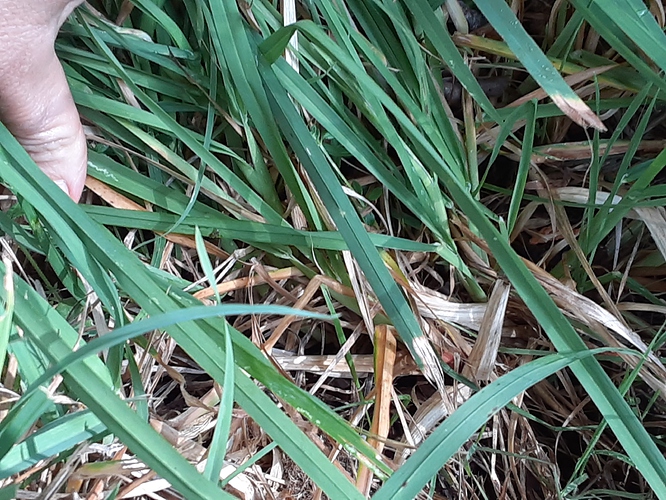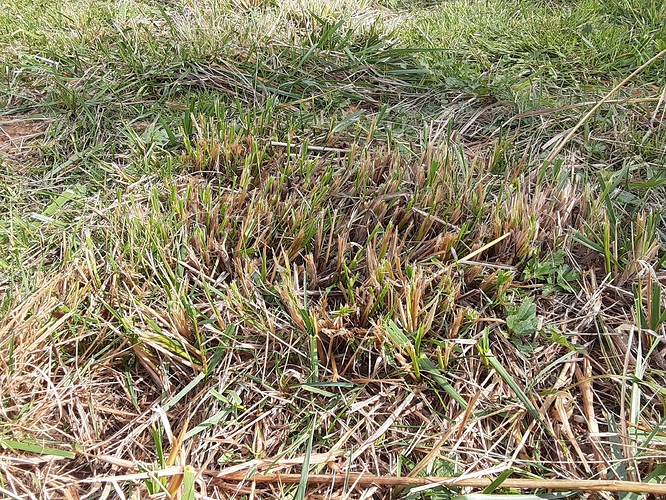I’ve mentioned before that this place we bought used to be a farm, but it hasn’t been used for livestock in at least 15-20 years. The only maintenance that has occurred in the back areas is very occasional mowing.
There’s a lot of this clumping grass that I’ve tentatively identified as orchard grass, based on the leaves and the seed heads. I don’t think it’s quack grass. I probably won’t know for sure until I’ve been here for a full year and have seen it in all of its stages. The horses sure love it.
I’m just wondering about this, though, because certainly no one has seeded anything in those back pastures in a very long time. I read that orchard grass can persist for a few years, but this stuff has obviously been around for a long time. Does anyone know if it’s possible for orchard grass to persist for a decade or two?
FWIW before anyone suggests this, my extension agent is very unhelpful and has refused to identify plants to me on the basis that “they could be toxic.” She told me I should send them to a private lab.
I’d like to figure out what I’ve got growing out here, so I can figure out what I want to nurture and what I might want to try to replace. Whatever this stuff is, it seems like these clumps are really well rooted and are so far tolerating really heavy grazing.







 the best grass in the USA grows in the PNW. The issue isn’t growing it, it’s that in order to not kill it by churning it up with hoofprints you need more acres per horse than standard. In Virginia I can have 10 horses on 8 acres. In Washington id need 25 to 30 for the same 8 horses to keep my grass alive.
the best grass in the USA grows in the PNW. The issue isn’t growing it, it’s that in order to not kill it by churning it up with hoofprints you need more acres per horse than standard. In Virginia I can have 10 horses on 8 acres. In Washington id need 25 to 30 for the same 8 horses to keep my grass alive.